Машина для продольной резки риббона (риббона) является ключевым оборудованием в индустрии термотрансферной маркировки, и её эксплуатационная стабильность напрямую влияет на выход, качество и цикл поставки риббона. Частые простои приводят не только к снижению эффективности производства, но и к значительным отходам материала и потерям. Для решения этой проблемы необходимо начать с анализа надёжности и профилактического обслуживания основных компонентов.
Во-первых, анализ надежности и распространенных неисправностей основных компонентов
Основу машины для продольной резки ленты можно разделить на четыре основные системы: систему размотки и перемотки, систему контроля натяжения, систему продольной резки, а также направляющий ролик и систему коррекции.
1. Система размотки и перемотки
• Основные компоненты: разматывающий вал, перематывающий вал, воздушный расширительный вал, плоская муфта/магнитная порошковая муфта/серводвигатель.
• Анализ надежности:
◦ Надувная шахта: длительное использование может привести к старению и протечке воздушной подушки, что приведет к ее соскальзыванию вместе с бумажной трубкой и смещению или поломке катушки.
◦ Головка вала и подшипник: подшипник испытывает огромную радиальную нагрузку, если его не смазывать или он неправильно установлен, это легко может привести к износу подшипника, перегреву или даже заклиниванию.
◦ Муфта/тормоз: если магнитный порошок старый или влажный, натяжение будет нестабильным; скользящая муфта может привести к неточному выходному крутящему моменту из-за износа.
• Распространенные неисправности:
◦ Неравномерная намотка (хризантемовый рулон), проскальзывание витков.
◦ Внезапный обрыв материала во время размотки или перемотки.
◦ Необычный шум или вибрация во время работы.
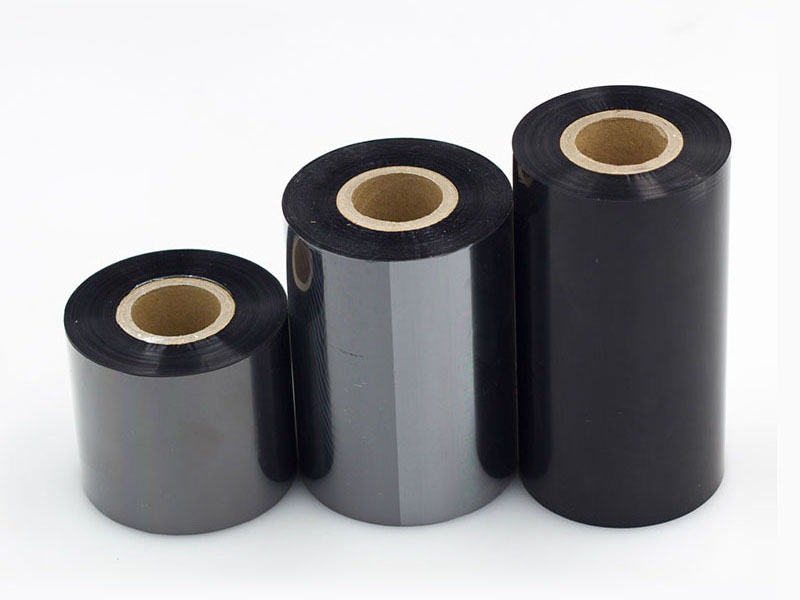
2. Система контроля натяжения
• Основные компоненты: датчик натяжения, плавающий ролик, демпфер, регулятор натяжения.
• Анализ надежности:
◦ Это «нервный центр» машины для продольной резки. Стабильность натяжения — ключ к качеству резки (ровность поверхности, отсутствие складок).
◦ Датчик натяжения: высокая точность, но хрупкость; перегрузка или удар могут легко привести к повреждению или неточным измерениям.
◦ Плавающие ролики: подшипники и шатунные механизмы должны быть гибкими и не заедать, в противном случае невозможно будет обеспечить надлежащую передачу изменений натяжения.
◦ Контроллер: Старение электронных компонентов или неправильная настройка параметров могут привести к медленной реакции или колебаниям всей системы.
• Распространенные неисправности:
◦ Углеродная лента сморщилась, растянулась и деформировалась в процессе резки.
◦ При разрезании узких полос происходит змеевидное отклонение.
◦ Торцевая часть катушки ослаблена внутри и туго натянута снаружи или натянута внутри и ослаблена снаружи.
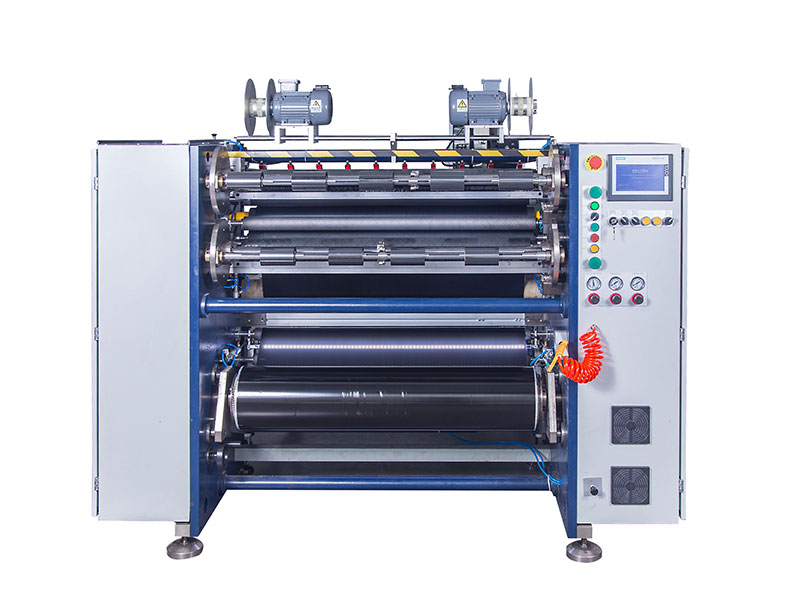
3. Система продольной резки
• Основные компоненты: держатель режущего ножа, верхний дисковый нож (лезвие), нижний нож (опорный ролик).
• Анализ надежности:
◦ Лезвие: твёрдость, острота и угол наклона имеют решающее значение. Пассивированные лезвия могут привести к неровной кромке реза, образованию заусенцев или пыли, а также к разрыву ленты. Лента с покрытием особенно сильно изнашивает лезвие.
◦ Держатель инструмента: его жёсткость и точность механизма регулировки определяют точность и постоянство ширины реза. Незакреплённый механизм фиксации может привести к изменению положения резака во время резки.
◦ Нижний нож (опорный ролик): Длительное взаимодействие с верхним ножом приведет к появлению на поверхности канавок износа, что приведет к невозможности полной резки материала в этом положении.
• Распространенные неисправности:
◦ На обрезанных краях имеются заусенцы и капли порошка.
◦ Непрерывная резка создает явление «разорванной шелковой связи».
◦ Ширина реза непостоянна.
4. Направляющий ролик и система коррекции
• Основные компоненты: направляющие ролики, направляющие датчики, корректирующие приводы (подвижный стол + двигатель).
• Анализ надежности:
◦ Направляющие ролики: качество поверхности имеет первостепенное значение. Царапины, зазубрины или ржавчина на направляющих роликах могут повредить покрытие ленты и привести к браку продукции. Непараллельность роликов приводит к дополнительным перепадам натяжения.
◦ Система коррекции: загрязнение зеркал фотоэлектрических датчиков приведет к неправильной оценке; исполнительные механизмы (например, цилиндры или двигатели) реагируют медленно или заклинивают, что может привести к сбою коррекции, что приведет к отклонению материала и повреждению кромок.
• Распространенные неисправности:
◦ Покрытие ленты поцарапано.
◦ Материал продолжает отклоняться в одну сторону во время работы и не может быть исправлен.
◦ Корректирующее действие слишком частое или резкое, что приводит к колебаниям системы.

Во-вторых, систематические рекомендации по техническому обслуживанию: от ежедневного до регулярного
Чтобы покончить с частыми простоями, необходимо создать систематическую и институционализированную систему технического обслуживания.
А. Плановое техническое обслуживание (за смену/ежедневно)
1. Очистка:
◦ С помощью мягкой ткани без пыли и спирта очистите все поверхности направляющих роликов, чтобы убедиться, что на них нет пыли, масла и остатков ленты.
◦ Очистите линзу датчика коррекции наведения.
◦ Очистите ленточную пыль вокруг держателя инструмента.
2. Визуальный осмотр:
◦ Проверьте, равномерно ли расширяется вал накачивания после надувания и нет ли звука утечки воздуха.
◦ Проверьте круглый и нижний ножи на наличие видимых следов износа и сколов.
◦ Обратите внимание на наличие аномальной вибрации или шума при работе машины.
3. Функциональное тестирование:
◦ Работа без нагрузки для проверки нормального функционирования системы коррекции.
B. Регулярное профилактическое обслуживание (еженедельно/ежемесячно/ежеквартально)
| Интервалы технического обслуживания | Основные компоненты | Поддержание содержания и стандартов |
|
| еженедельно | Система продольной резки | Разберите и очистите держатель инструмента, проверьте остроту лезвия, при необходимости замените или заточите. Проверьте износ нижнего резца: есть ли на нём канавки, которые необходимо провернуть или заменить. |
|
| Система натяжения | Проверьте плавность хода плавающего ролика и добавьте необходимое количество смазочного масла в шатунный подшипник. |
|
| ежемесячно | Система ввода/перемотки | Проверьте целостность подушки безопасности на валу нагнетателя. Очистите фрикционные диски скользящей муфты или проверьте работу электромагнитной порошковой муфты. Смажьте все приводные подшипники. |
|
| Система коррекции | Тщательно очистите датчик и направляющий стержень, проверьте плавность перемещения ползуна привода и смажьте его. |
|
| Электрическая система | Проверьте надежность крепления каждой клеммной колодки и очистите электрическую коробку от пыли. |
|
| Ежеквартально/раз в полгода | Полная калибровка | Откалибруйте датчики натяжения и контроллеры. Откалибруйте нулевое положение и скорость срабатывания системы коррекции. Проверьте параллельность всех направляющих роликов. |
|
| Трансмиссия | Проверьте натяжение ремня/цепи ГРМ, проверьте уровень масла в коробке передач. |
|
C. Техническое обслуживание на основе оперативных данных
• Записывайте основные данные: регистрируйте количество метров резки на охватывающую катушку, длину используемых лезвий, циклы замены подшипников и т. д. Благодаря анализу данных можно более научно прогнозировать срок службы компонентов и реализовывать «прогностическое обслуживание».
• Сосредоточьтесь на тенденциях производительности: если вы заметили медленное снижение качества резки (например, объема заусенцев, плоскостности поверхности), заранее проверьте лезвие и систему натяжения, даже если нет сигнала тревоги.
В-третьих, создать долгосрочный механизм управления
1. Разработайте стандартные рабочие процедуры (СОП): разработайте подробные шаги для всех операций, таких как загрузка, разгрузка, смена инструментов и ввод в эксплуатацию, чтобы избежать повреждения оборудования из-за человеческой ошибки.
2. Управление запасными частями: в соответствии с циклом технического обслуживания и количеством оборудования резервируйте основные изнашиваемые детали, такие как круглые лезвия, подушки безопасности, подшипники и т. д., чтобы обеспечить их быструю замену в случае выхода из строя.
3. Обучение персонала: дайте эксплуатационному и обслуживающему персоналу знать не только суть проблемы, но и её причину. Понимание роли каждого компонента и принципа отказа поможет им лучше распознавать признаки неисправностей.
заключение
Частые простои лентопротяжных станков не обходятся без проблем. Глубоко понимая недостатки надежности основных компонентов и строго следуя плану систематического обслуживания, от плановой очистки до регулярного технического обслуживания, компании могут перейти от «реактивного обслуживания» к «проактивному предотвращению». Это не только значительно сокращает время внеплановых простоев, но и повышает показатели квалификации продукции, продлевает срок службы оборудования и, в конечном итоге, обеспечивает прочную конкурентоспособность в условиях жесткой рыночной конкуренции.



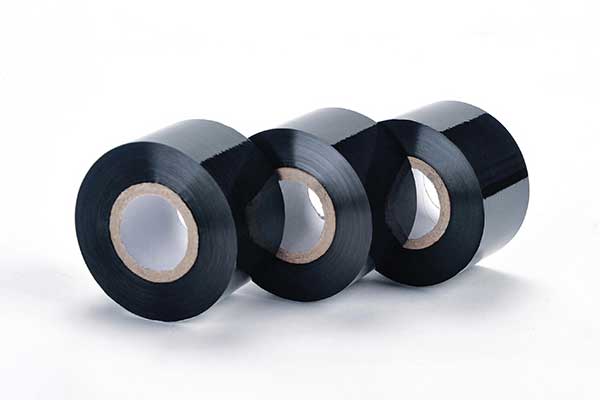
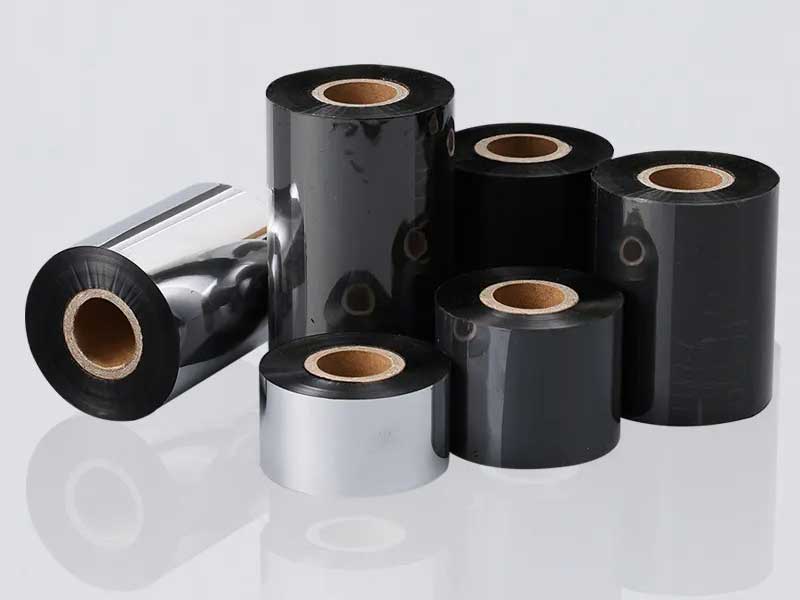
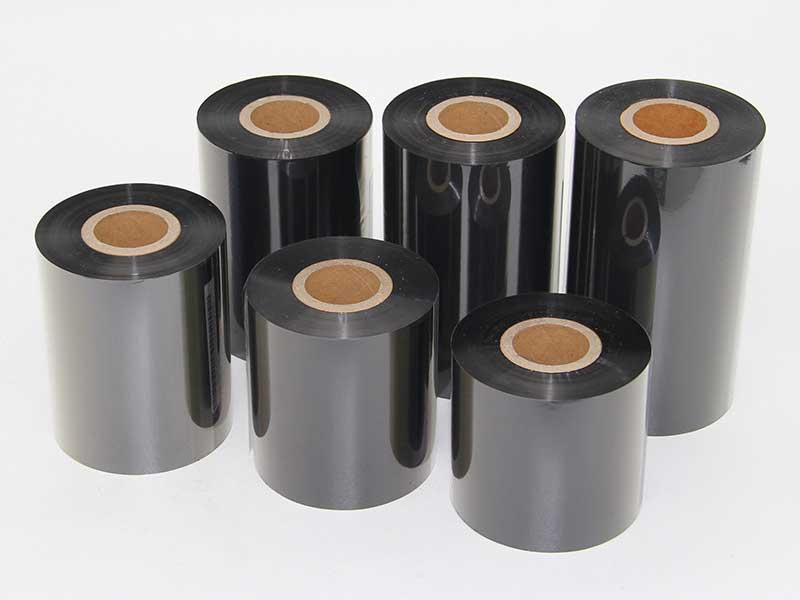
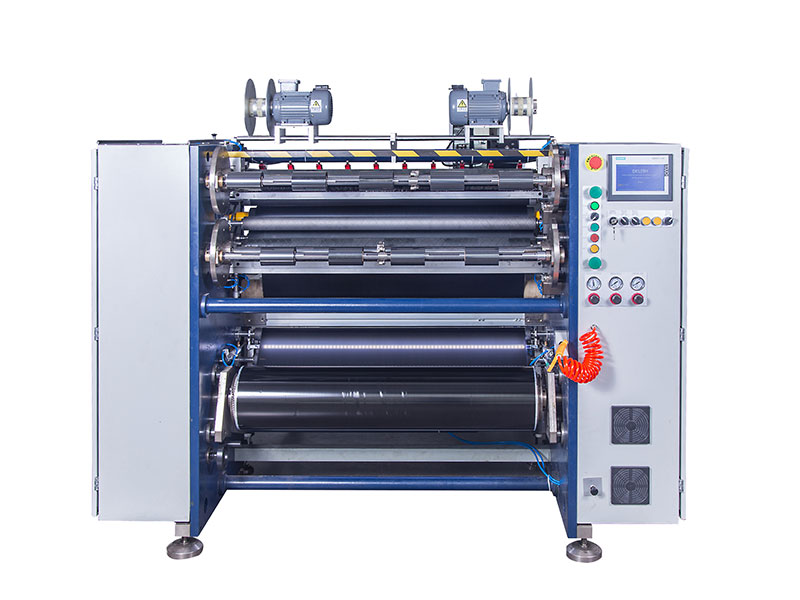 Машина для резки ленты
Машина для резки ленты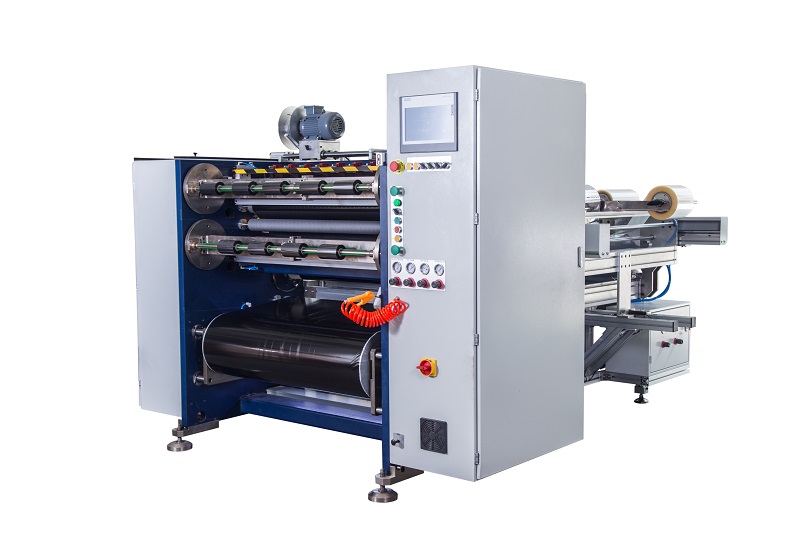 Полуавтоматическая машина для резки термотрансферной ленты RSDS5 PLUS
Полуавтоматическая машина для резки термотрансферной ленты RSDS5 PLUS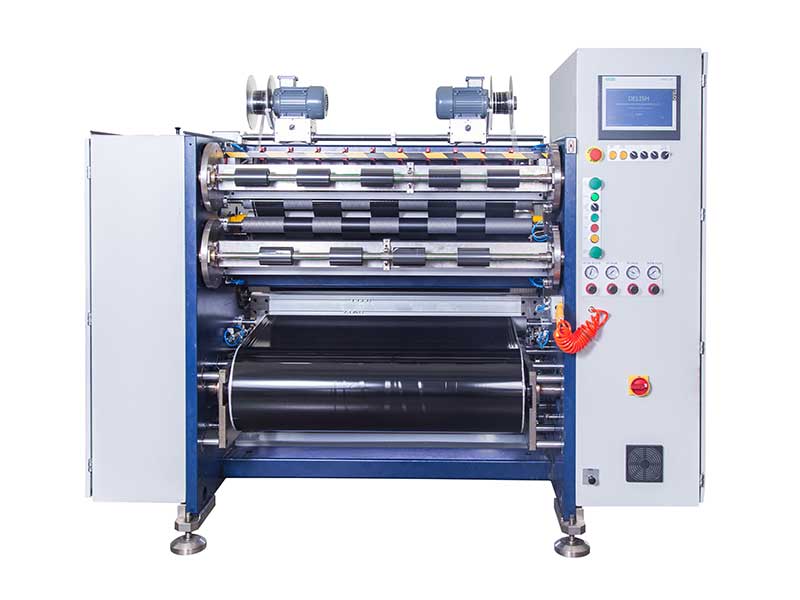 Машина для резки штрих-кодовой ленты
Машина для резки штрих-кодовой ленты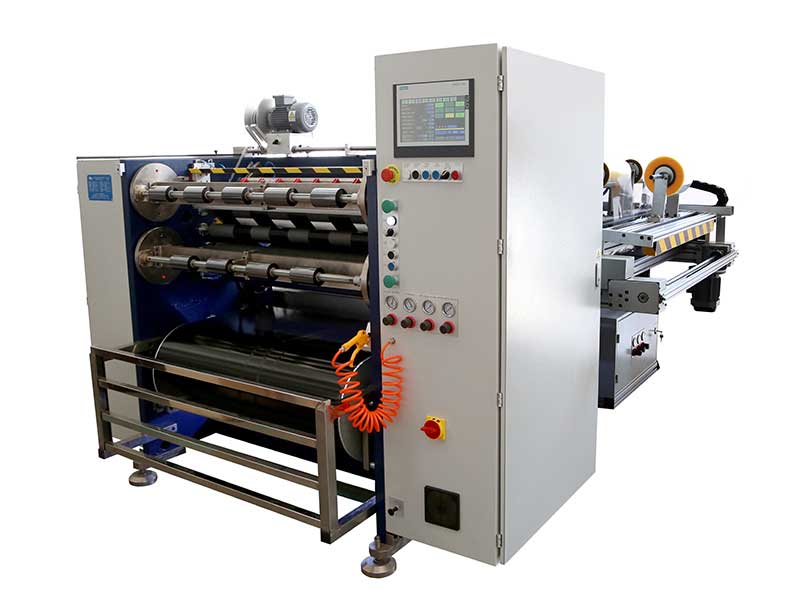 Автоматическая машина для резки термотрансферной ленты RSDS6 PLUS
Автоматическая машина для резки термотрансферной ленты RSDS6 PLUS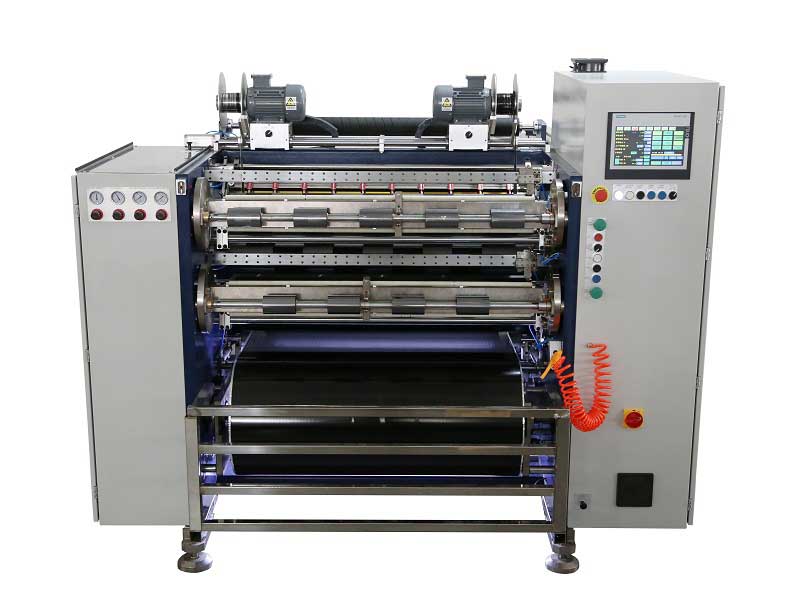 Автоматическая машина для резки термотрансферной ленты RSDS8 H PLUS
Автоматическая машина для резки термотрансферной ленты RSDS8 H PLUS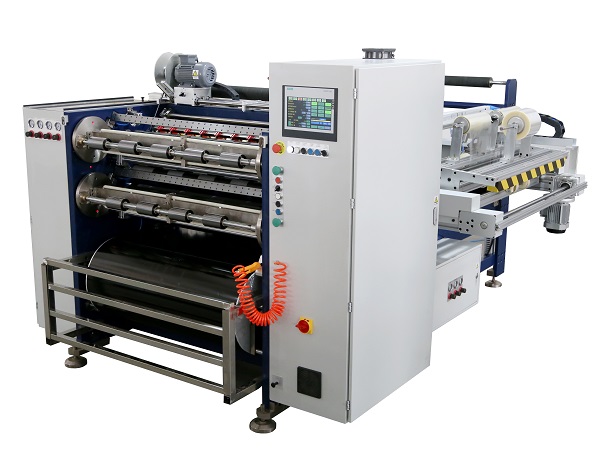 Автоматическая машина для резки термотрансферной ленты RSDS8 PLUS
Автоматическая машина для резки термотрансферной ленты RSDS8 PLUS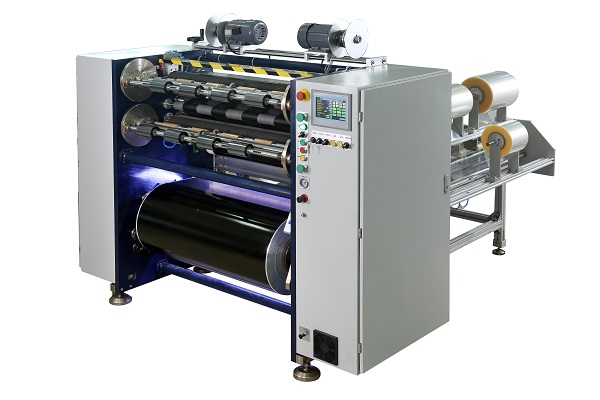 Ручной резак для термотрансферной ленты RSDS2
Ручной резак для термотрансферной ленты RSDS2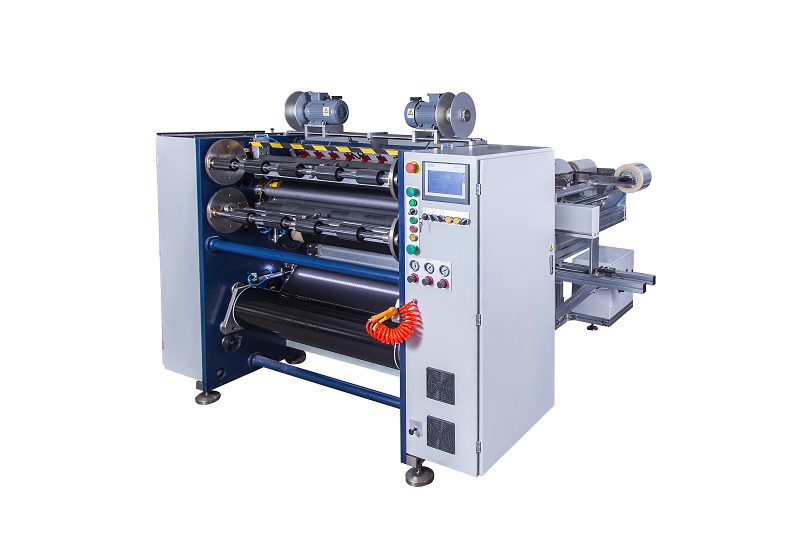 Полуавтоматический резак для термотрансферной ленты RSDS2 PLUS
Полуавтоматический резак для термотрансферной ленты RSDS2 PLUS





